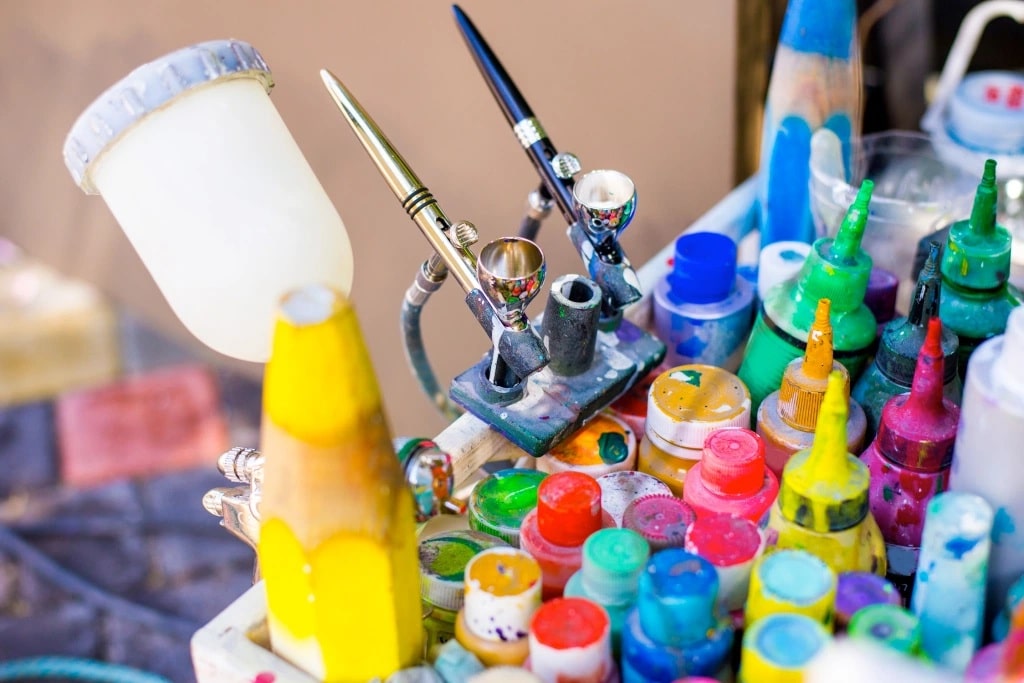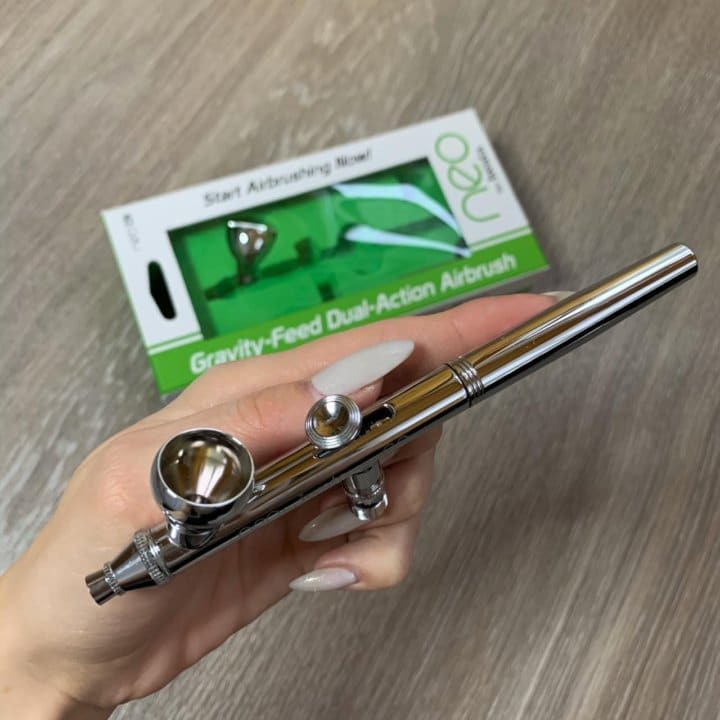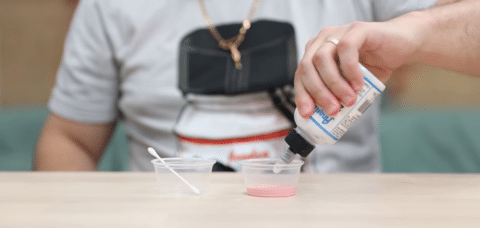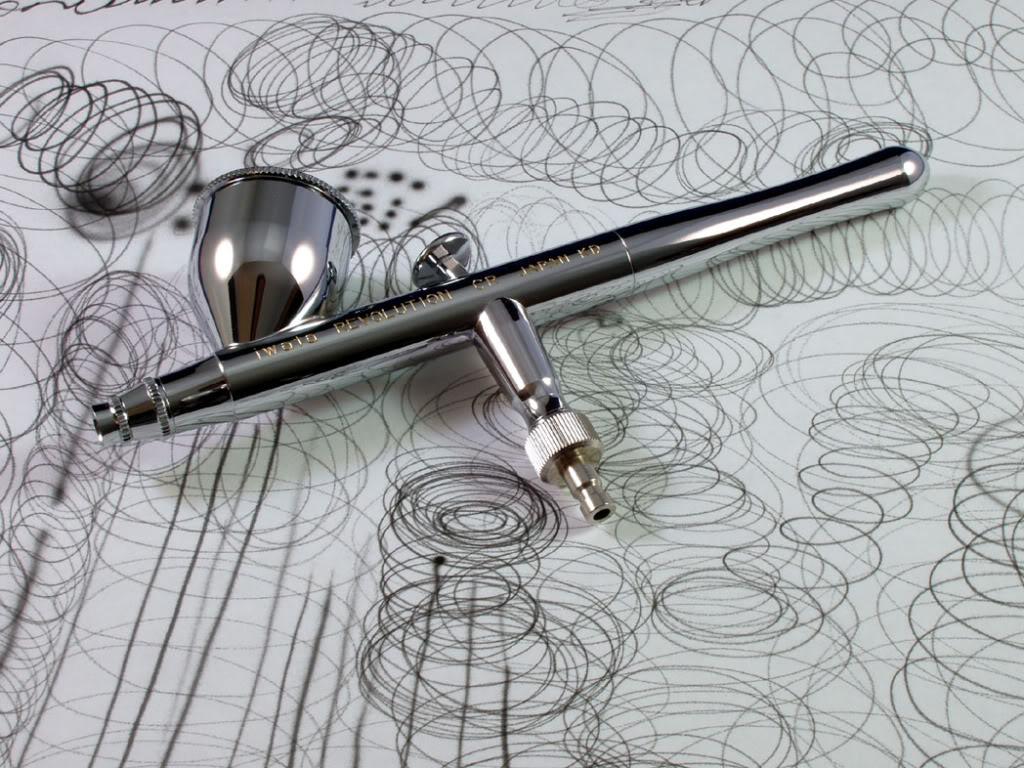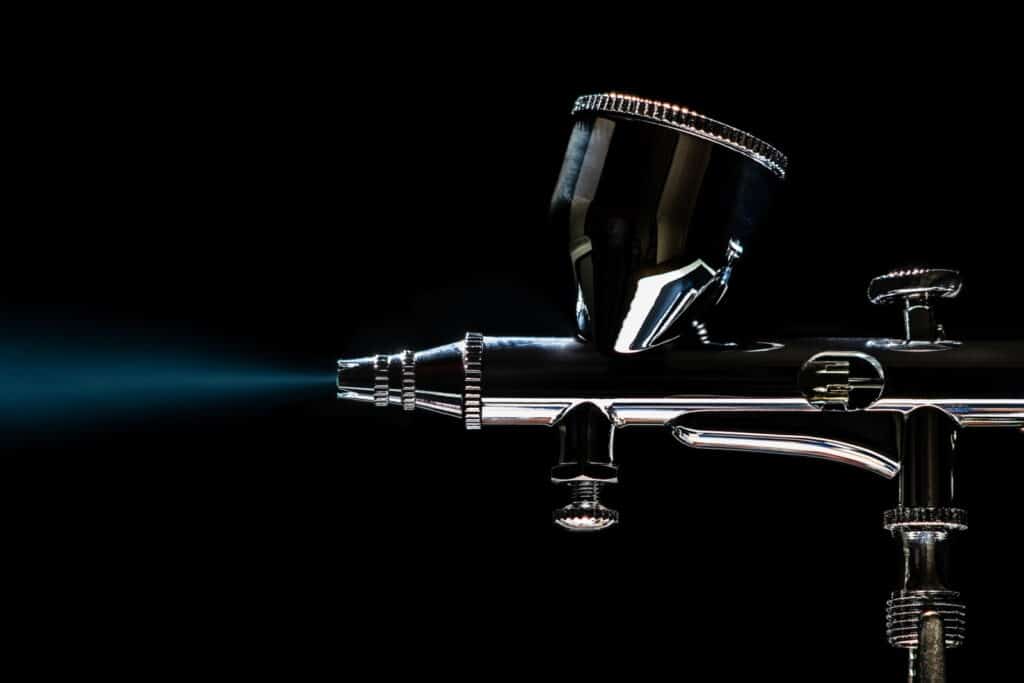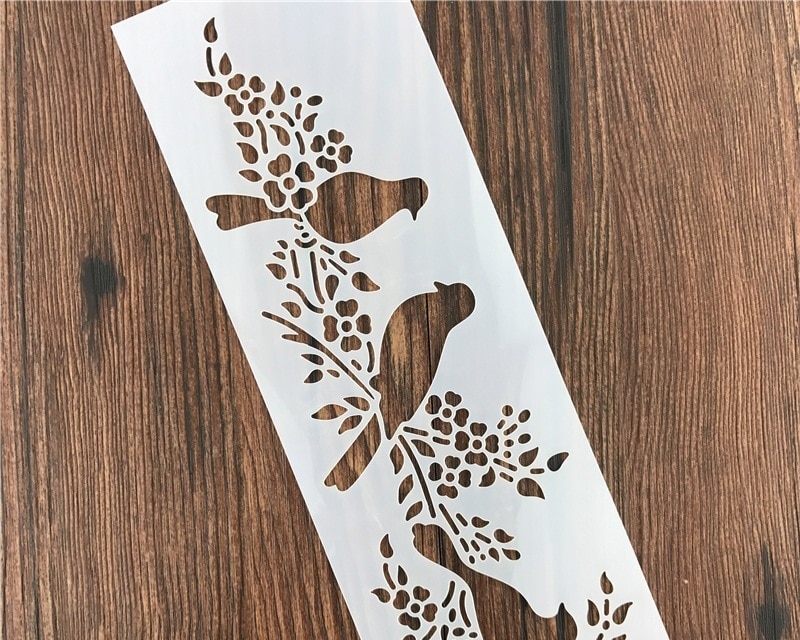

An airbrush is an atomizer that allows the user to spray a surface with paint, dye, or ink. The various models in the market differ from one another depending on the feed type and other intricate features. Knowing the airbrush types available is vital in helping one make an informed decision regarding the model to purchase. Each of the categories present has pros and cons that the buyer must be aware of to ensure that they are buying the ideal fit for the projects at hand.
Herein, we discuss three major categories available and the different variations that fall in each selection. Before purchasing any of the models available in both virtual and brick-and-mortar stores, one should read through reviews from experts as well as testimonials from previous users before reaching a decision. The kind of projects to be worked on also dictates the best airbrushes for one to buy to guarantee excellent results.
The three categories we discuss below are the main ones that help distinguish the different types of airbrushes Trusted Source Airbrush - Wikipedia An airbrush is a small, air-operated tool that sprays various media, most often paint but also ink and dye, and foundation by a process of nebulization. Spray painting developed from the airbrush and is considered to employ a type of airbrush. en.wikipedia.org that one will come across in stores.
Not all models in the market have the same feed type, which is why this feature is vital in the categorization of airbrushes. The feed type dictates where the color is added into the airbrush before release onto the surface being worked on. Siphon feed is one of the variations available. The paint cup in these models is situated below the airbrush. The side and gravity feed are the other alternatives. The units in this category have the paint cup placed above the airbrush.
This refers to where the ink, dye, or paint mixes with high-pressure air. The mixing of the air and color leads to creating an atomized mist that is released on the surface. Under this selection, there are two alternatives. An airbrush can either be external or internal mix type. For the internal mix variations, the air and color blend inside the tip of the airbrush before release. For the outer mix brushes, the air and color combine after discharge from the device. This results in a coarse pattern when compared to the internal mix atomization design.
Under this category, we have two types of airbrushes: the single and double action trigger action alternatives. The double-action variety is popular as it allows for both color and air adjustment controls. One does not have to stop the airbrushing process to adjust spray patterns, as is the case with the single-action type of airbrushes. The color flow and spray pattern are adjusted differently for the single-action models. The needle placement must be altered to allow the user to achieve the desired results. Reviews on the wide web indicate that a decent percentage of the population prefer piston-style air compression models like the Grex GCK03 Tritium airbrush kit.
Numerous factors dictate the categorization of airbrushes. The three main categories above are essential in grouping products in this family, but they are not the only ways to differentiate airbrushes. Below we take an in-depth look at the different types of airbrushes available in the market today.
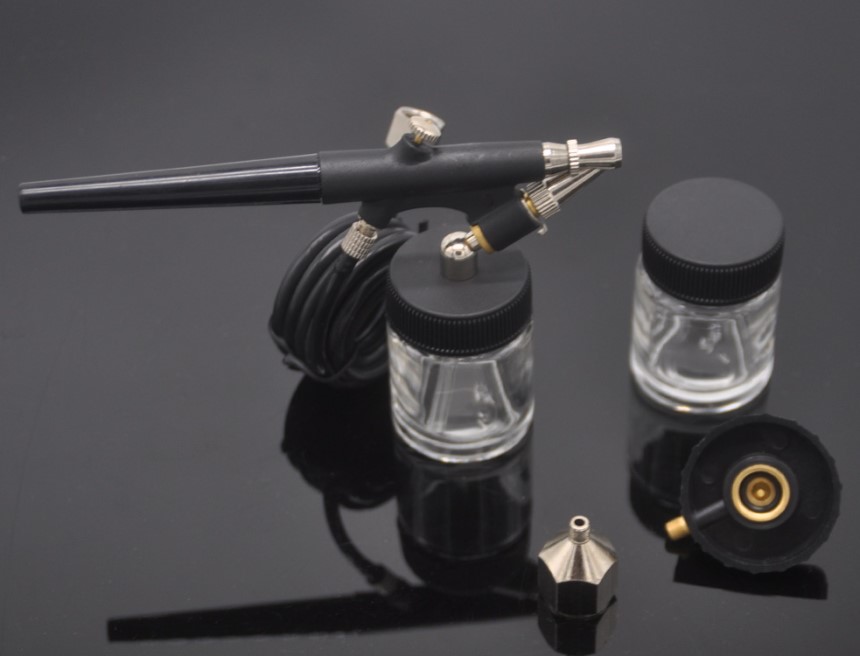
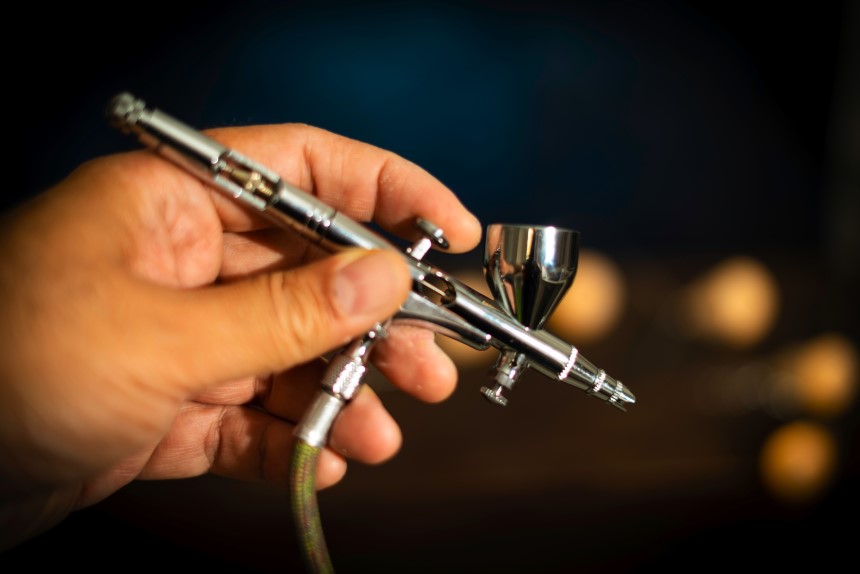
When looking for professional class airbrushes, one should consider the gravity feed alternatives as they have low average pressures that result in more refined work. Important to note is that gravity feed airbrushes have smaller cup sizes and will require multiple refills for large projects.
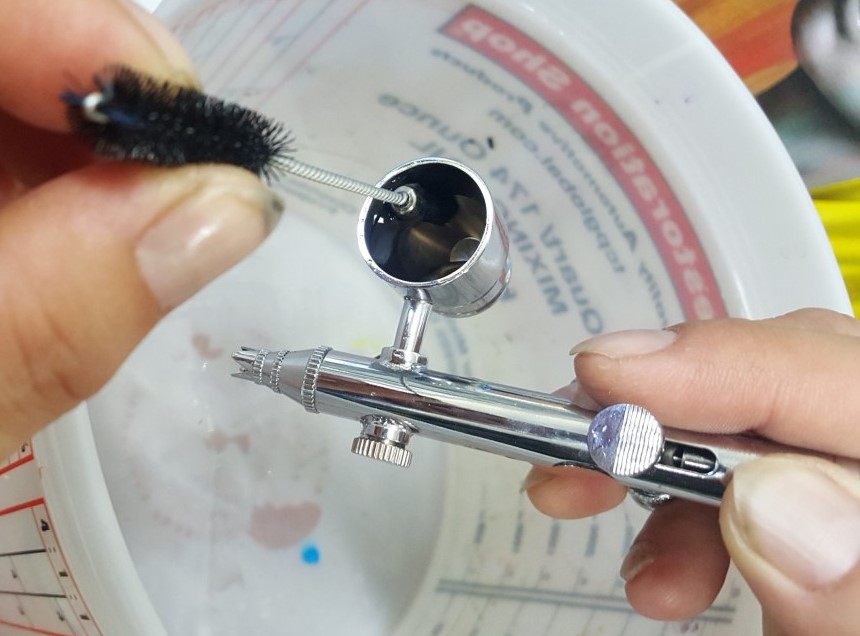
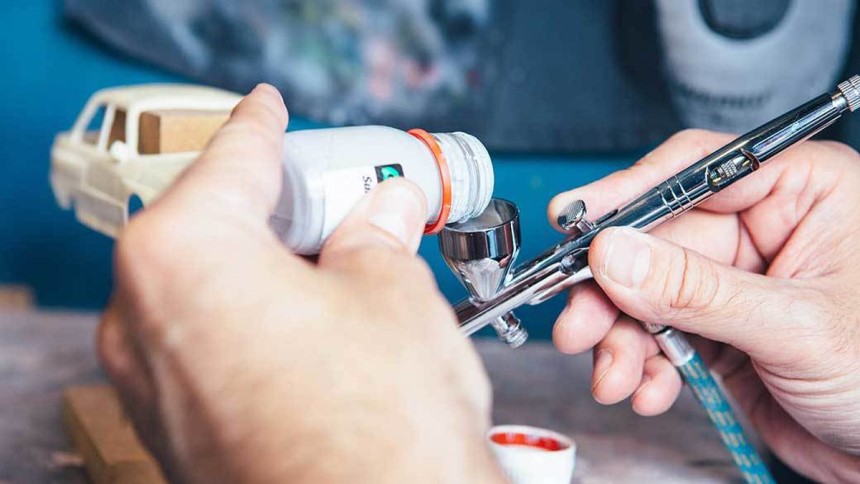
The results are also better for the internal mix airbrushes as the automization chambers ensure that the paint is processed under the right conditions to attain the desired results. Gravity and side feed airbrushes feature the internal mix type of construction. This is because the design does not permit the external mix variety.
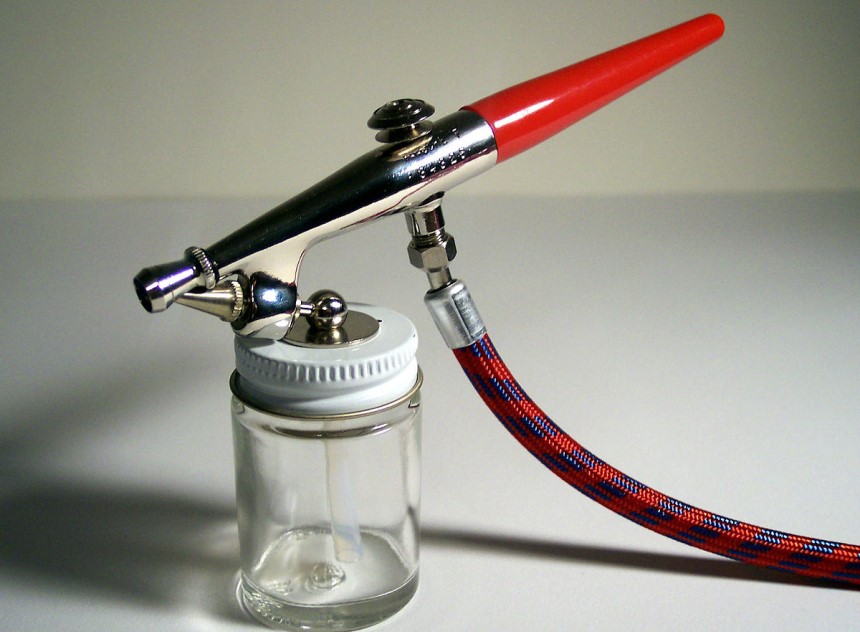
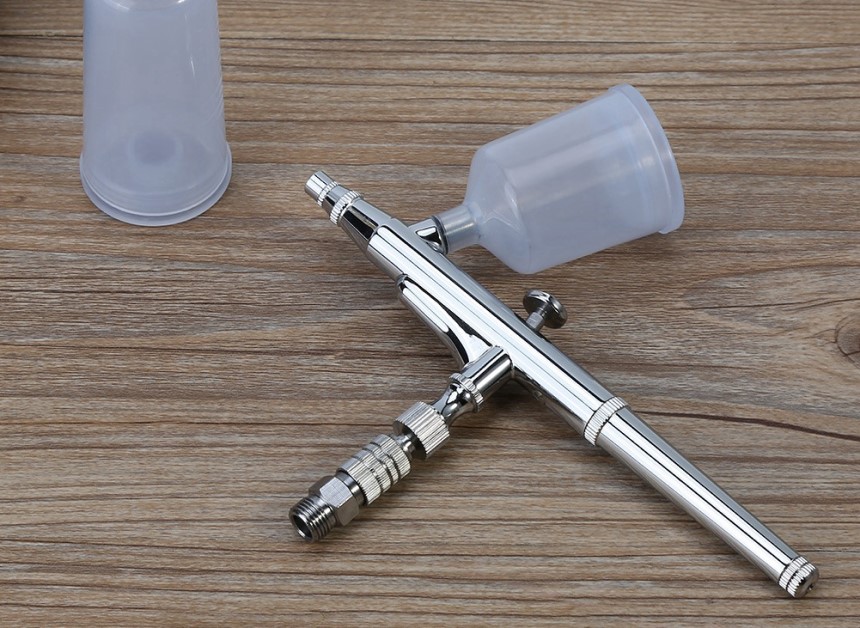
Choosing an airbrush can be a daunting task for those who are buying their first set. Many factors come into play, and familiarizing with the best airbrush compressors and kits is vital before one goes out to purchase units in this selection. The main elements to assess before placing an order include:
There are different airbrush models that a person will find in stores when shopping for one. Knowing the various alternatives available is vital in picking the best fit. Some units are bets for beginners while others are not, which is why research is an intricate part of airbrush purchases. The projects that one is likely to undertake with the airbrush dictate the best variety to buy.
Most of the airbrush types in the market are versatile, and they can be used for different projects with ease. Additionally, they can be used by both novice and experienced creators without hassle. It is best to buy airbrush kits that are ideal for multiple uses. Maintenance is a critical aspect for all the models available today. Proper cleaning procedures should be followed after every use to ensure longevity.
